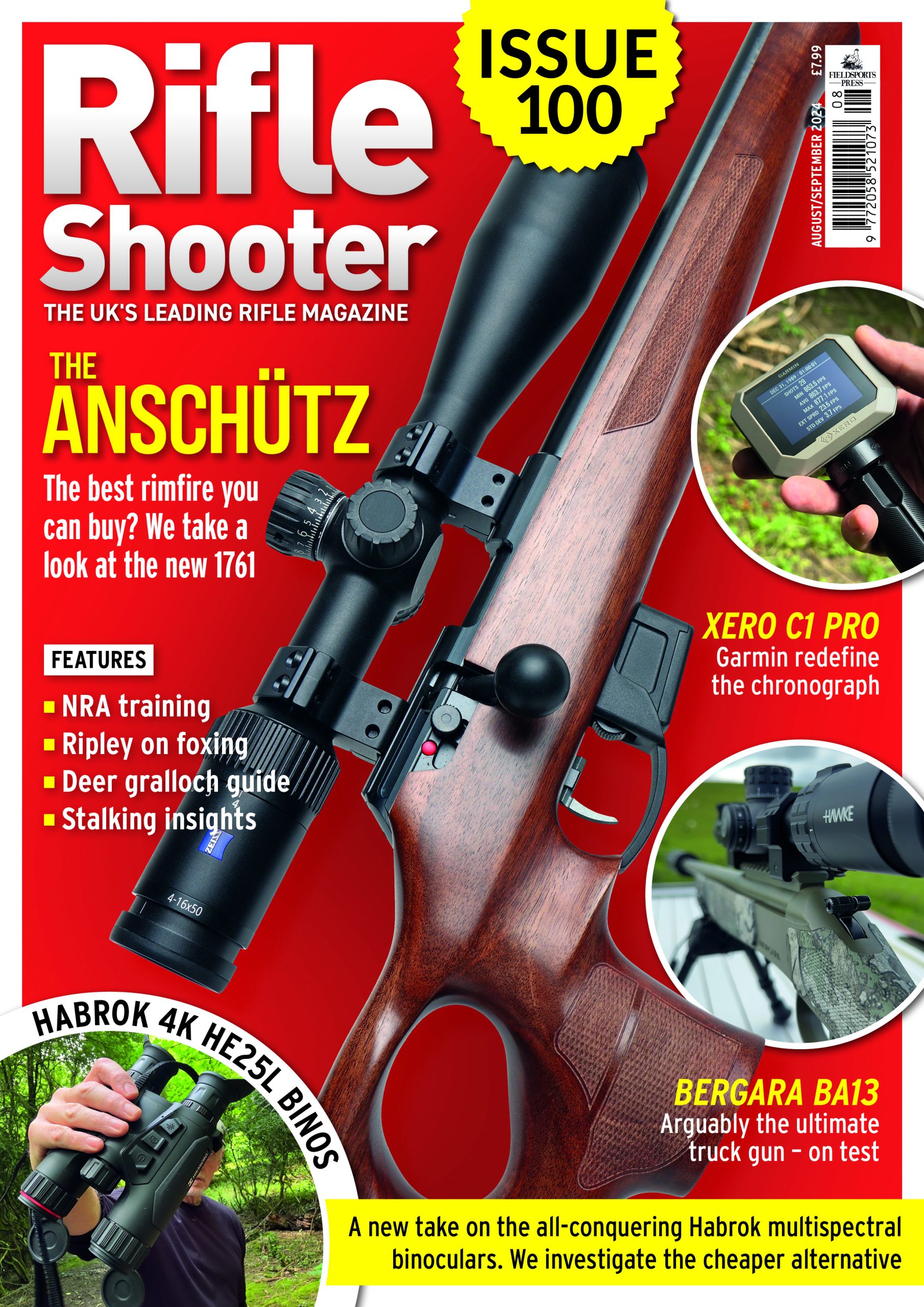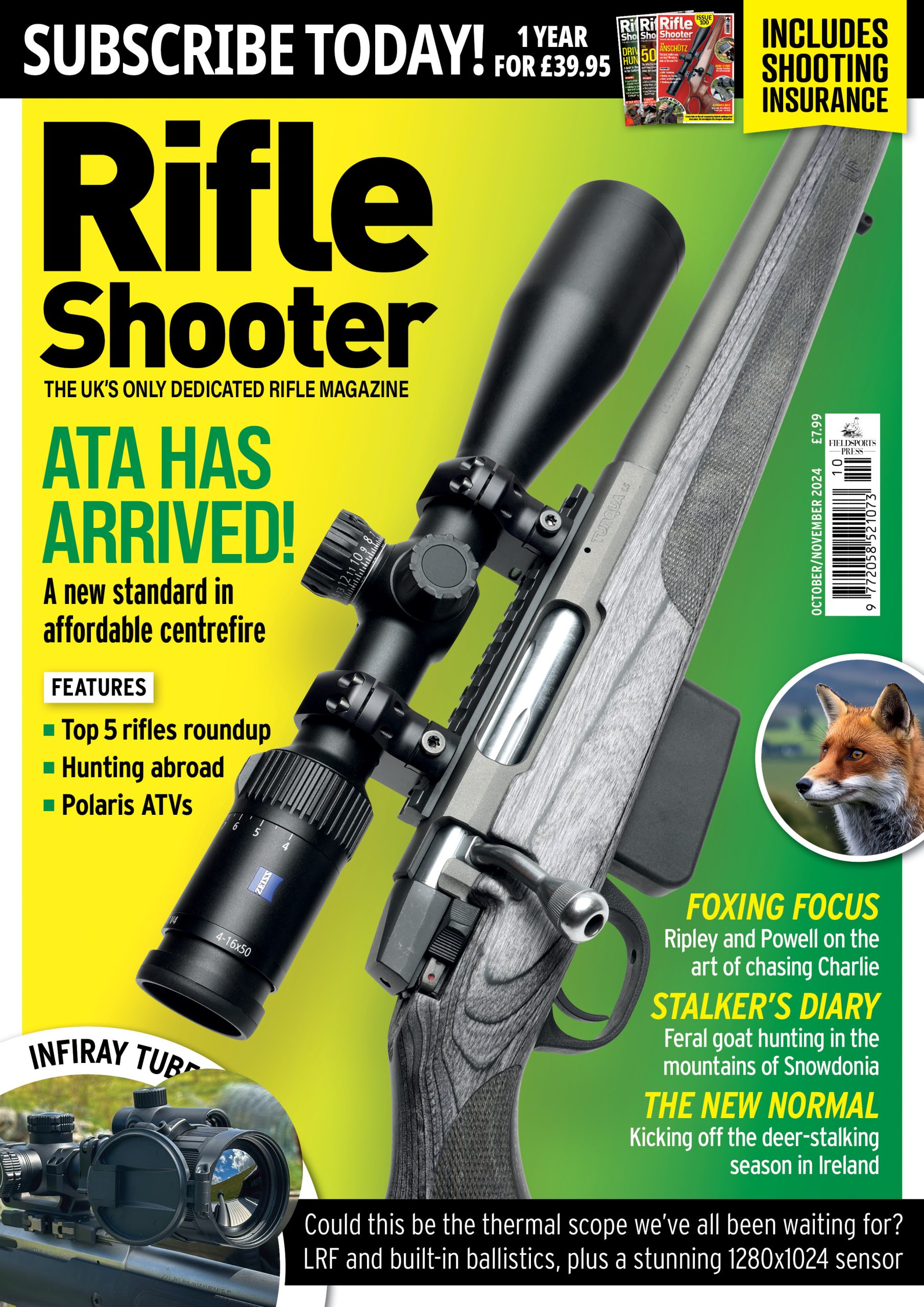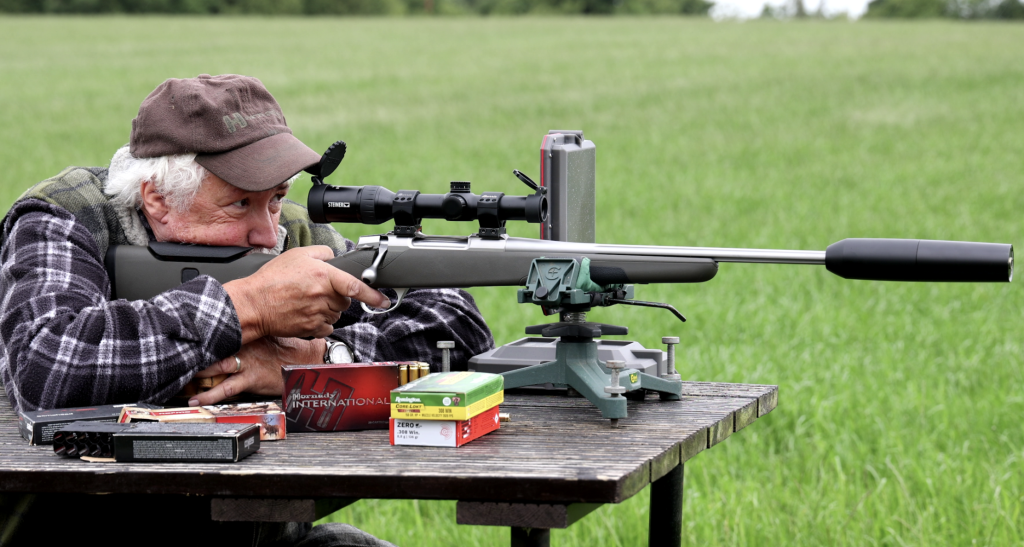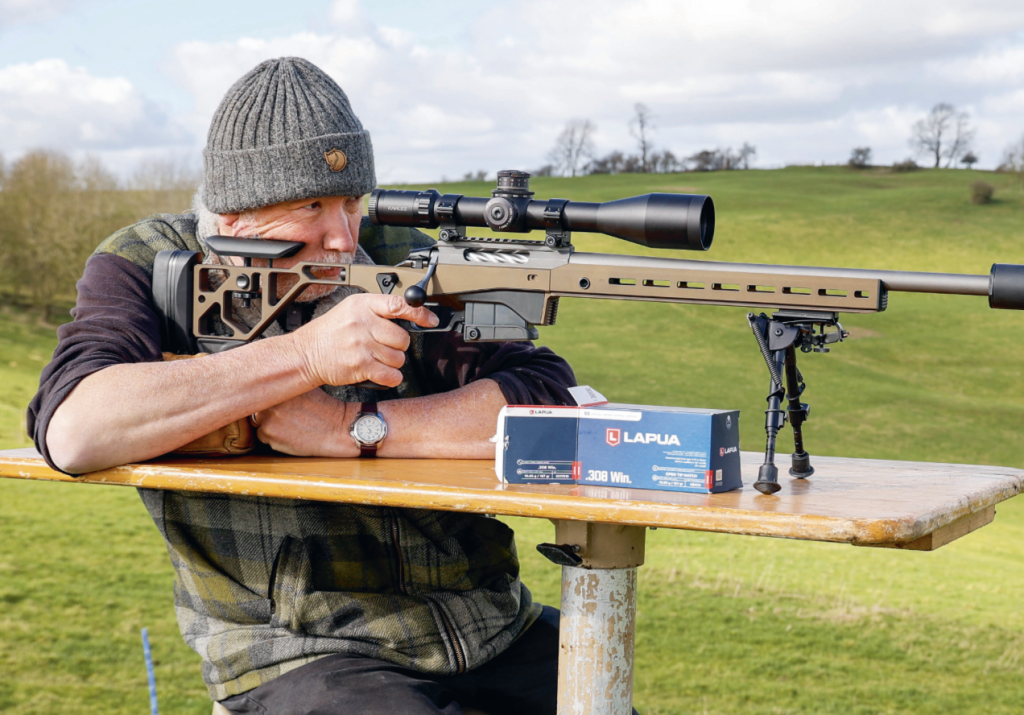Foxing with Mike Powell – WHICH CALIBRE FOR FOXES?
Mike Powell looks back at a lifetime of foxing and delivers his expert opinion. The answer to the question? It's all about environment and distance
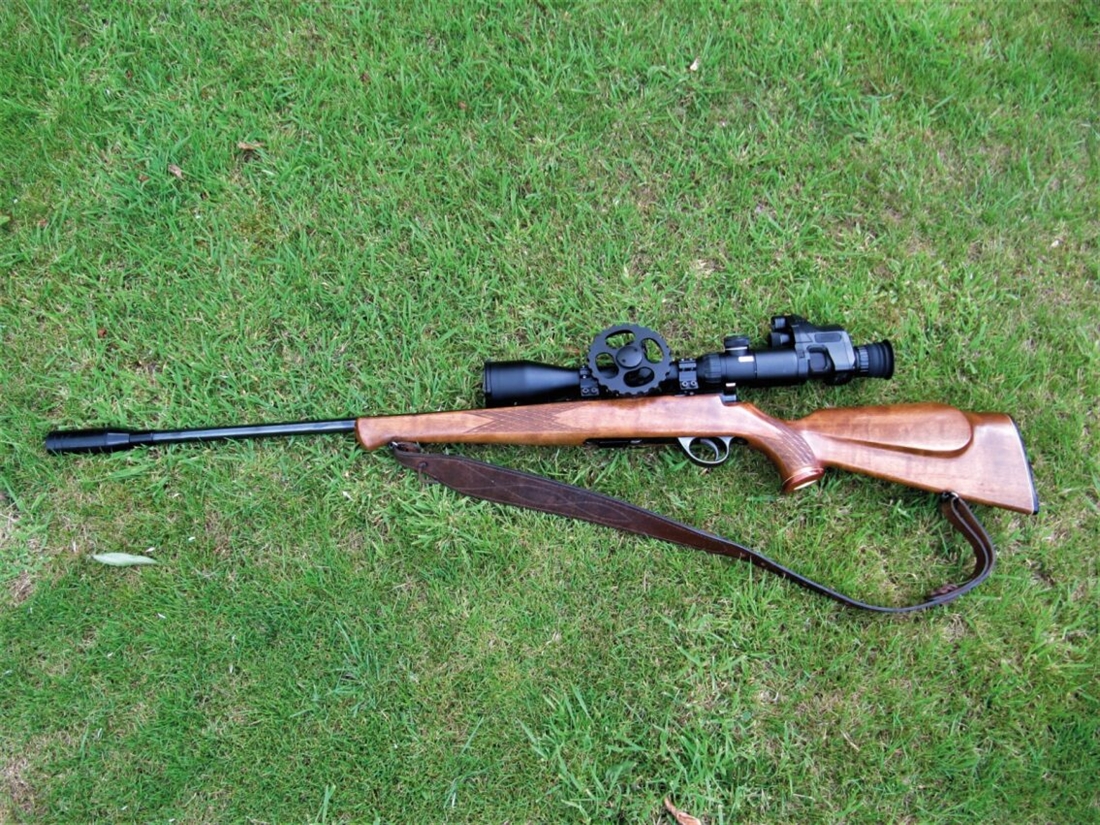
Mike Powell looks back at a lifetime of foxing and delivers his expert opinion. The answer to the question? It’s all about the environment and distance One topic of conversation that crops up more than any other among those who shoot foxes is which calibre is best for the job. I often get asked this question when I meet up with fellow shooters. There is of course a difference between the best calibre and the best rifle! I am deliberately not involving any particular make of rifle in this article, as pretty much all modern arms are quite capable of shooting to more than satisfactory standards.
Over the years I have shot foxes with a very wide range of rifles, starting at the lowest end with an FAC-rated air rifle and ending up with a .308. Those of you who, like me, used to skin countless numbers of foxes will agree that without that red coat they are not very big – especially when you discount the long legs and tail.
An animal of that size is not resistant to a well-placed shot from any calibre, so ultimately it comes down to personal choice. A trawl through some of the many websites that involve fox shooting will reveal a bewildering range of ammunition and every shooter will set out why their choice of calibre is best.
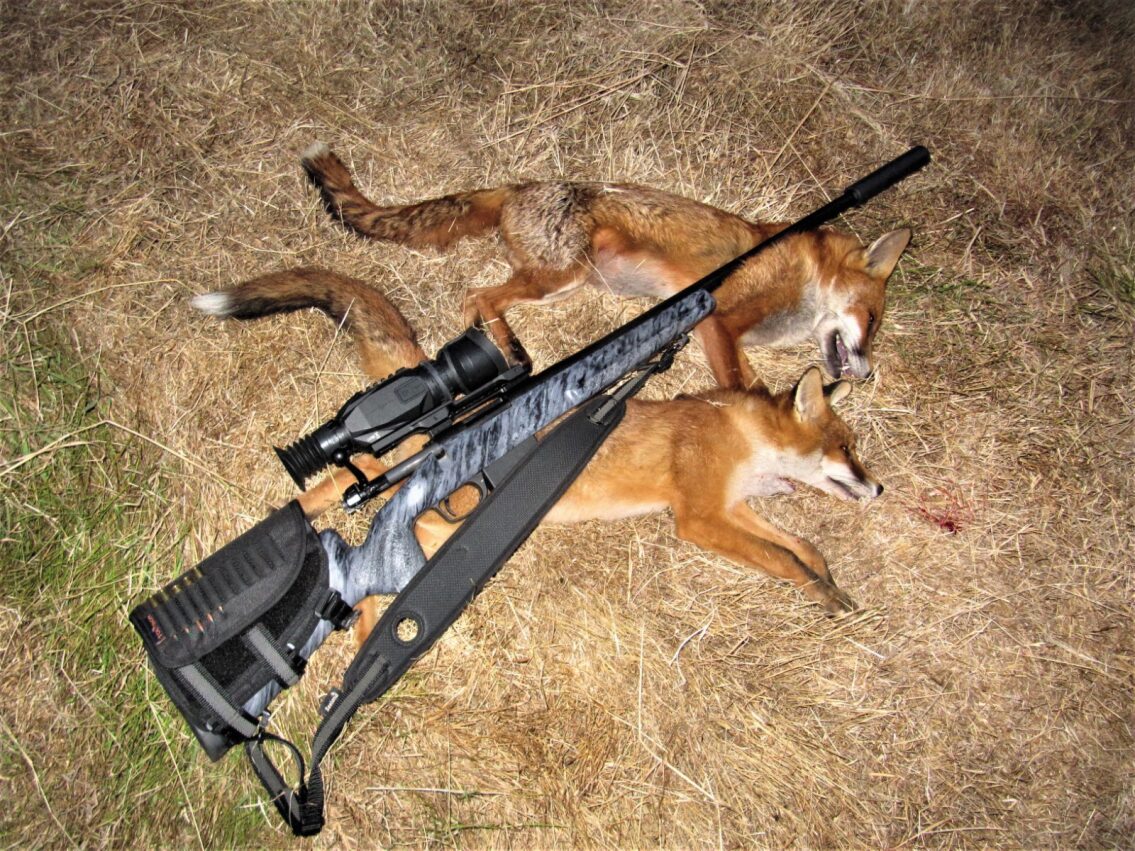
For a newcomer all these opinions must be extraordinarily confusing. I was fortunate in a way that when I set out to get my first dedicated fox rifle I knew very little about calibres, ballistics and the rest of the matters surrounding rifles. In fact there was very little available, so it was very much a case of Hobson’s choice. I ended up with a .243 as that was the only calibre the gun shop I frequented had at that time.
How things have changed! Your neighbourhood dealer now has racks stacked with rifles and a range of ammunition of all makes and bullet weights for your chosen calibre. It can all be very baffling to the first-time buyer.
I started off by saying that I have killed foxes using a variety of ammunition from an 18gr .22 air rifle pellet up to a 165gr .308 soft point, with a lot of others in between, the one thing they all had in common was at the end of the exercise the fox was very dead. Clearly for all normal purposes an air rifle should be ruled out as it is in no way a weapon that is suitable for fox shooting, but that doesn’t mean that in the right hands, with the right rifle and at the right range, it can’t do the job.
Moving up the scale in calibre dimensions we come to the .17 HMR. I am aware that there have been problems with the ammo for this rifle, and I’ve encountered them myself, but this tiny, high-velocity round is quite capable of killing a fox. I’ve heard many reports that foxes shot with this calibre have been runners, but I have to say that I have shot quite a few with my Anschütz 17/17 and have only lost one – due, I suspect, to bad shot placement. Having said that I well remember shooting a prolific poultry killer with an H-S Precision .243 WSSM, and because of poor shot placement it ran 100yd before expiring.
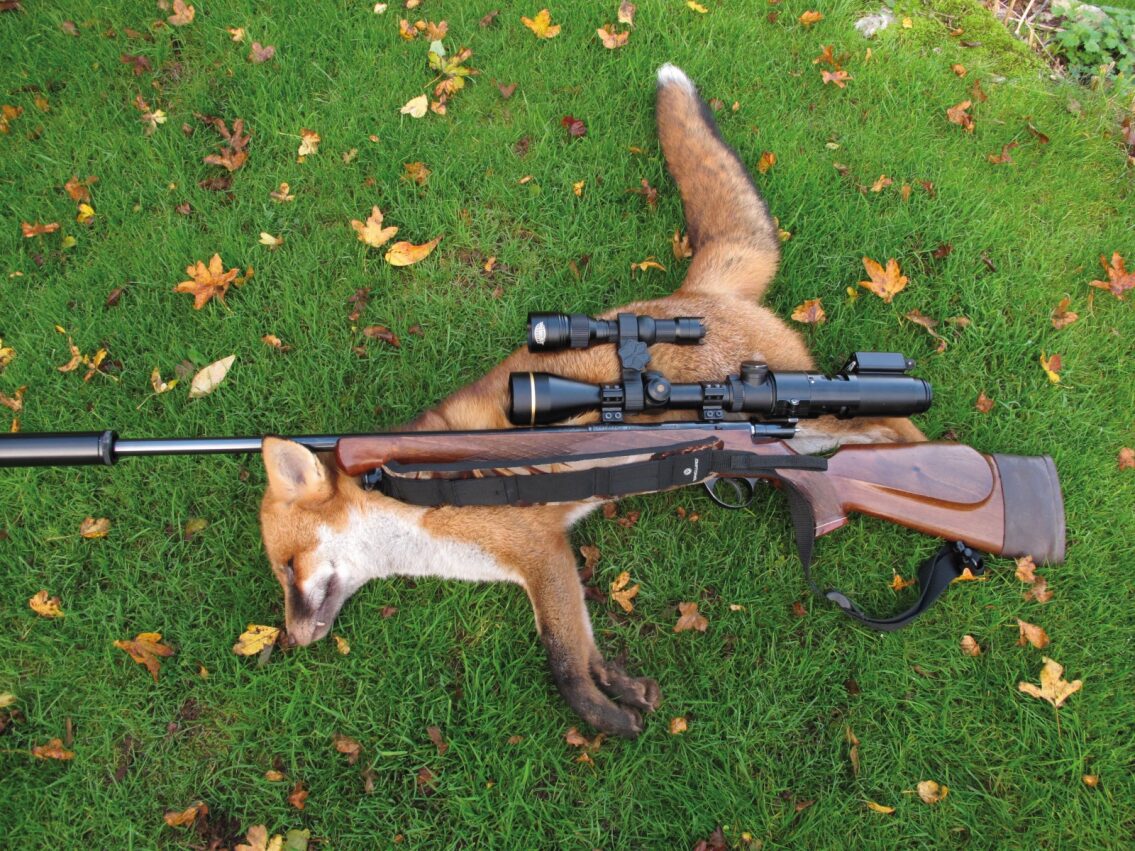
So although they are relatively small animals, as with any live quarry, shot placement is critical, I suspect that there are occasions when a rifle or calibre is blamed when in fact it is where the shot has struck that has caused the problem. The fox I shot with a .243 WSSM was hit behind the ribs in the soft stomach region, so almost any rifle bullet will pass through without transmitting shock. The fox will die quickly, but can still run for some distance.
I often think when asked about small calibres and their killing ability whether I would want to stand in front of such a rifle 100yd away and allow someone to take a shot at me. The answer, not surprisingly, is always the same. No! It would most likely kill me, let alone a fox.
Tucked in between the .17 HMR rimfire and the .243, which I consider to be the largest standard fox calibre, there are a number extremely feisty rounds. With fast and flat trajectories, their owners swear by them. Probably some of the best known are the .17 Remington Fireball, the .17 Remington and the .204 Ruger. They propel lightweight bullets at muzzle velocities exceeding 4000fps and have a reputation for extremely flat shooting. However, as with all lightweight bullets, they can be subject to wind drift – more so than the heavier calibres.
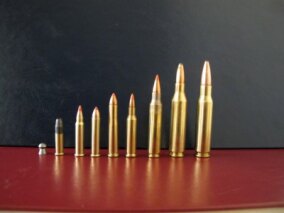
Moving further up the calibre range, the good-old .22 LR rimfire has probably, since it first appeared, accounted for more foxes than any other round. I use mine when I am controlling foxes around human habitation, when noise has to be considered. A subsonic hollow point is quite capable of killing a fox out to 50yd, but that is about its limit for certain, humane kills.
A centrefire version of the same calibre is the venerable Hornet. This is an excellent fox round, with a range limit of around 150yd, although in the right hands 200yd is possible. In my Hornet I use 35gr Hornady factory ammo and reload using the same bullet or move up to 40gr or 45gr V-Max or soft point. All work well.
Over the past few years the .22 Hornet has been joined by its smaller brother, the .17 calibre version. Very fast and flat shooting, it has already built up a following. The small bullet tends to fragment, so as always shot placement is crucial. Personally, because of the possibility of premature fragmentation (splash) with this calibre, for some time I decided it wasn’t the ideal fox tool.
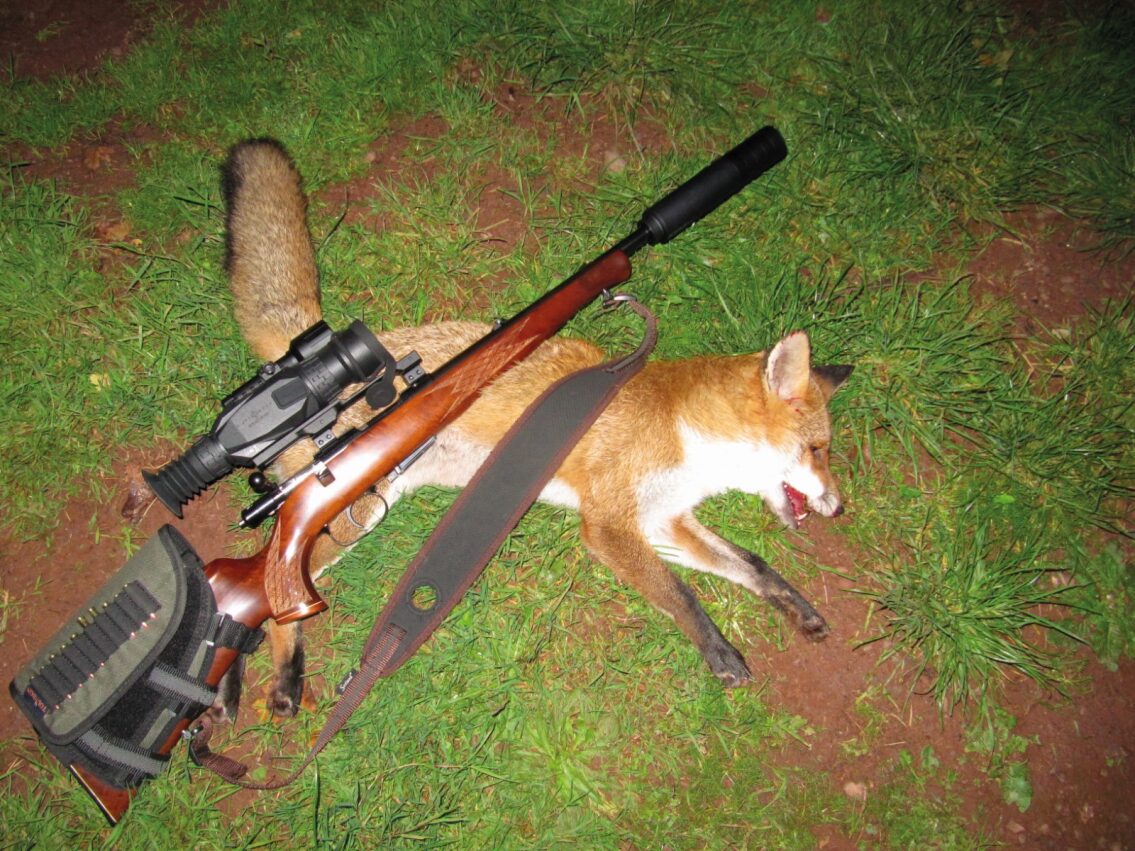
Before reaching what I would call standard calibre foxing rifles, I must mention a couple of calibres that have a loyal following. These are the .218 Bee and the .221 Remington Fireball. Generally using bullets around the 40gr mark, they make a good foxing rifle.
Finally we come to what many consider true foxing calibres – the .222 and .223 Remington. They are probably more used for foxing than any other calibre. There are a wide range of bullet weights available, but I suspect the most popular is 50gr in either V-Max format or soft point. The discussion as to which is the best calibre out of these two will go on and on.
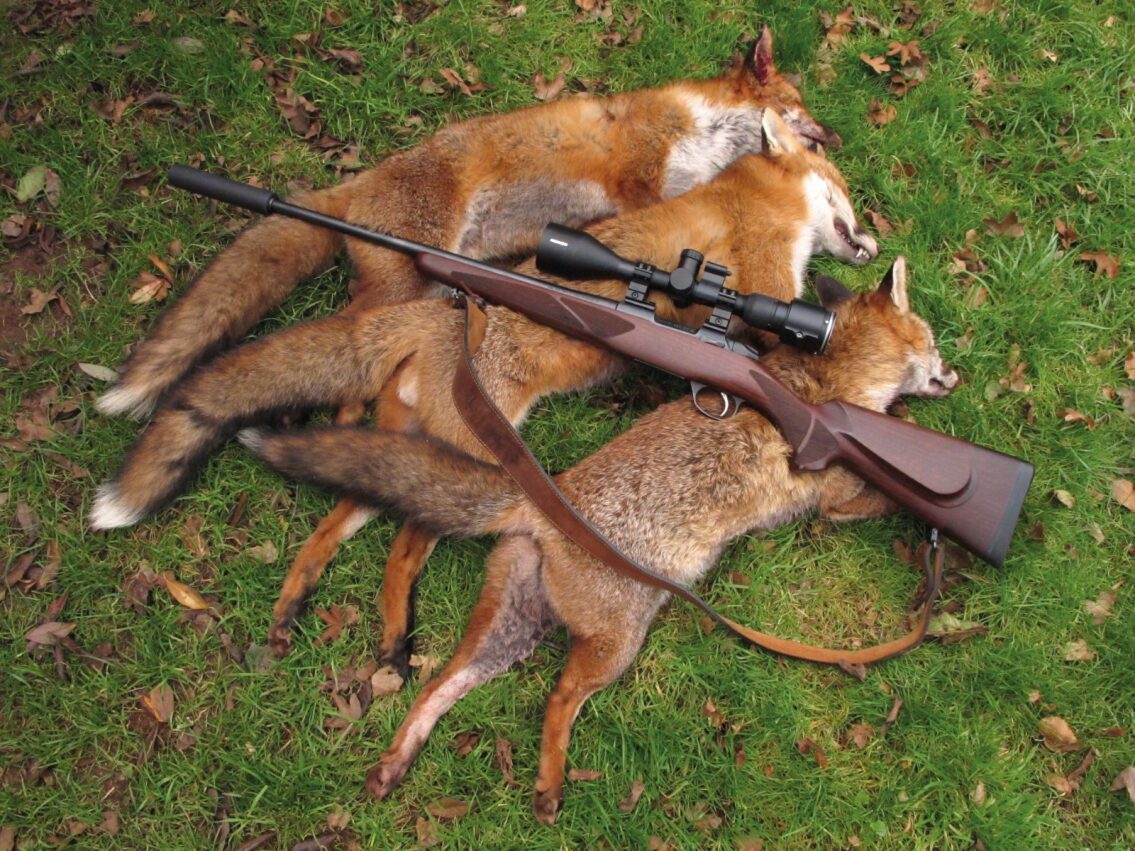
Both have their devotees, but the .223, with its slightly higher velocity and a wide, easily accessible choice of ammunition, is almost certainly the more popular of the two.
So having covered all that, is there any conclusion? For my own part, despite having used at one time or another the majority of the aforementioned calibres, I have settled on the
.204 Ruger. For the ranges I shoot foxes at – sub-250yd – I have found it to be perfect.
For most people who shoot a few foxes each year, probably the .223 is the ideal choice for a variety of reasons. However, for those who control foxes on a regular basis a variety of calibres is almost a necessity. In my control work I frequently have to deal with foxes close to habitation, where the larger calibres can cause problems. In these circumstances a .22 LR or .17 HMR can be perfect, being far quieter and potentially less destructive.
At the end of the day it comes down to personal choice. Personally I think .243 is the largest that could be describes as a fox calibre and of course has the advantage of being deer legal.
I suspect that the discussion about the ideal fox calibre will continue as long as people shoot foxes. As I said earlier, pretty well all calibres will kill a fox, but the primary intention of all shooters should be to ensure clean and humane kills, so to that end select the calibre you are comfortable with and does the job for you.
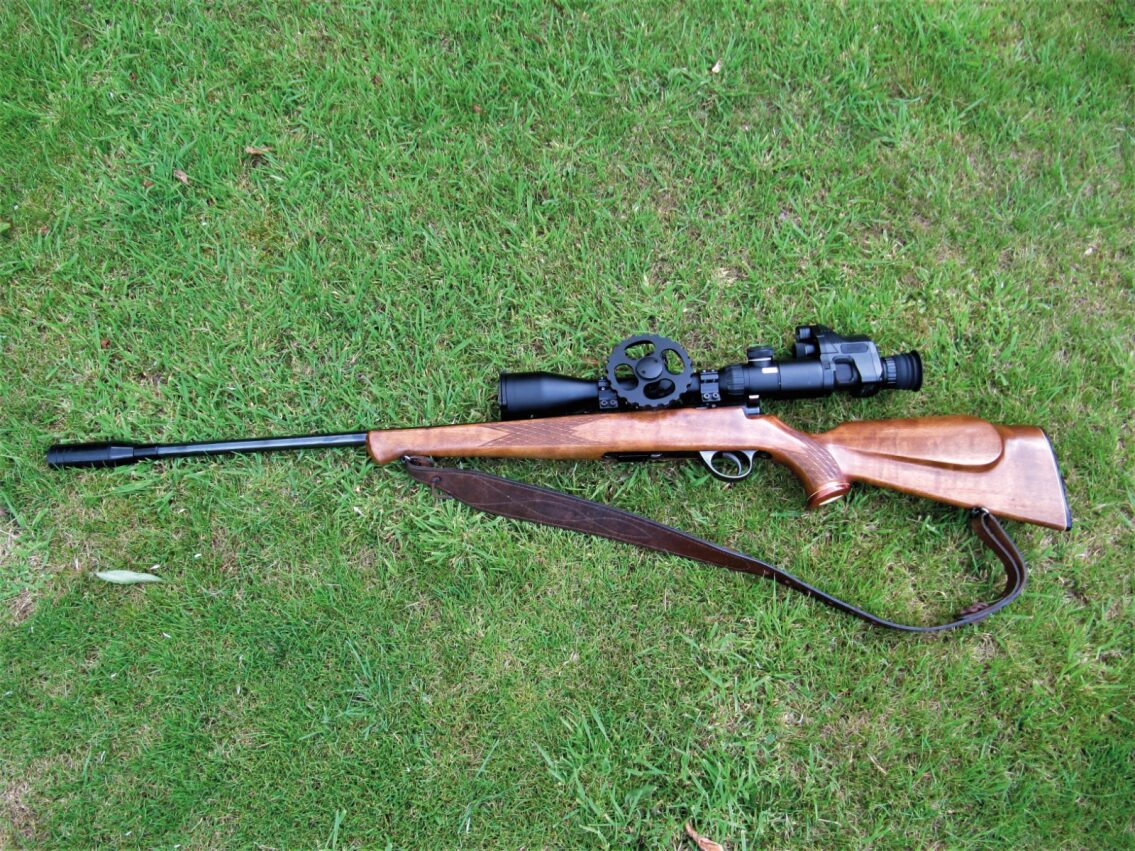
Related Articles
Get the latest news delivered direct to your door
Subscribe to Rifle Shooter
Elevate your shooting experience with a subscription to Rifle Shooter magazine, the UK’s premier publication for dedicated rifle enthusiasts.
Whether you’re a seasoned shot or new to the sport, Rifle Shooter delivers expert insights, in-depth gear reviews and invaluable techniques to enhance your skills. Each bi-monthly issue brings you the latest in deer stalking, foxing, long-range shooting, and international hunting adventures, all crafted by leading experts from Britain and around the world.
By subscribing, you’ll not only save on the retail price but also gain exclusive access to £2 million Public Liability Insurance, covering recreational and professional use of shotguns, rifles, and airguns.
Don’t miss out on the opportunity to join a community of passionate shooters and stay at the forefront of rifle technology and technique.
